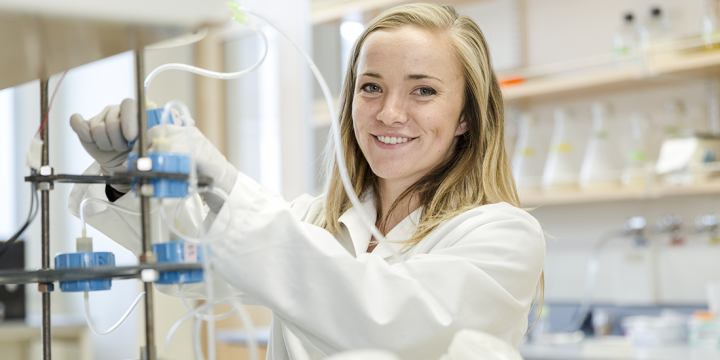Project Number:
WR16R001
Funding Year:
2016
Contract Period:
7/1/16 - 6/30/18
Funding Source:
UWS
Investigator(s) and affiliations:
Abstract:
Placing riverbank inducement (RBI) wells next to riverbanks has been a common practice in Europe since the 1870’s and in the United States for the last 60 years. The RBI practice allows for the purification of water entering a pumping well by inducing flow from the riverbed (Ray et al., 2002; Ray, 2008). This method is proposed as a promising and sustainable technology for municipal and public water production across the globe (Ray, 2008; Shamrukh & Abdel-Wahab, 2008). It is often assumed that the RBI practice will remove pollutants before water enters municipal wells, however it has been shown that river filtration often does not produce water that conforms to drinking water standards (Ray et al., 2002; Singh, et al., 2010). In particular, effluent-dominated streams that have strong hydrologic connections between surface water and shallow groundwater can transport contaminants into the shallow groundwater (Bradley et al., 2014; Ray, 2008; Weiss et al., 2005).
Many communities in eastern Wisconsin, including the City of Waukesha, rely on a deep sandstone aquifer for their drinking water. The ever-increasing demand for water has critically depleted this aquifer. The deep aquifer also contains radium concentrations that exceed federal regulations. To counter depletion and excessive radium levels, Waukesha uses three shallow wells that draw water from a shallow unconfined aquifer that contains no radium. The water from these wells is then combined with water from the deep sandstone wells, thereby diluting radium to levels that meet regulation. Three of these shallow wells are located near the Fox River and induce flow from the river and as such are RBI wells. The Fox River receives wastewater treatment plant (WWTP) effluent upstream of the wells; therefore, the RBI wells pump river water containing WWTP effluent. Two RBI wells are located within 200 feet of the river one of which (Well 12) pumps a mixture of groundwater and river water that contains effluent from three upstream WWTPs. The second RBI well (Well 11) does not pump large amounts of water and will not be discussed further. A third well (Well 13) is located roughly 1500 feet from the river and pumps pristine groundwater. The Wisconsin Department of Natural Resources (WDNR) unique well numbers for the RBI wells are RL255 and RL256, and the unique well number for the pristine well is WK947; the common names for the wells are Well 11, Well 12, and Well 13, respectively.
At the location of Well 12, the Fox River contains large amounts of WWTP effluent under low flow conditions. The purpose of the current project is to investigate if, and to what extent, the microbial community present in the shallow well field is affected by this influx of river water containing treated municipal wastewater effluent. The study merges geochemical and microbial analyses to obtain a more complete picture of the impacted aquifer. Changes in microbial community composition, activity, and genetic functional potential between pristine and impacted groundwater sites were characterized to better understand the impact of anthropogenic activities on native microbial communities. The specific objectives are to:
1. Define differences in the microbial communities and the functional reactivity between pristine and contaminated portions of the shallow sand and gravel aquifer.
i. Collect and analyze groundwater samples from a shallow sand and gravel aquifer for microbial community composition.
ii. Calculate free energy yields to determine energetically favorable reactions.
iii. Assess differences in the microbial communities and geochemical reactivities of the pristine and contaminated locations.

